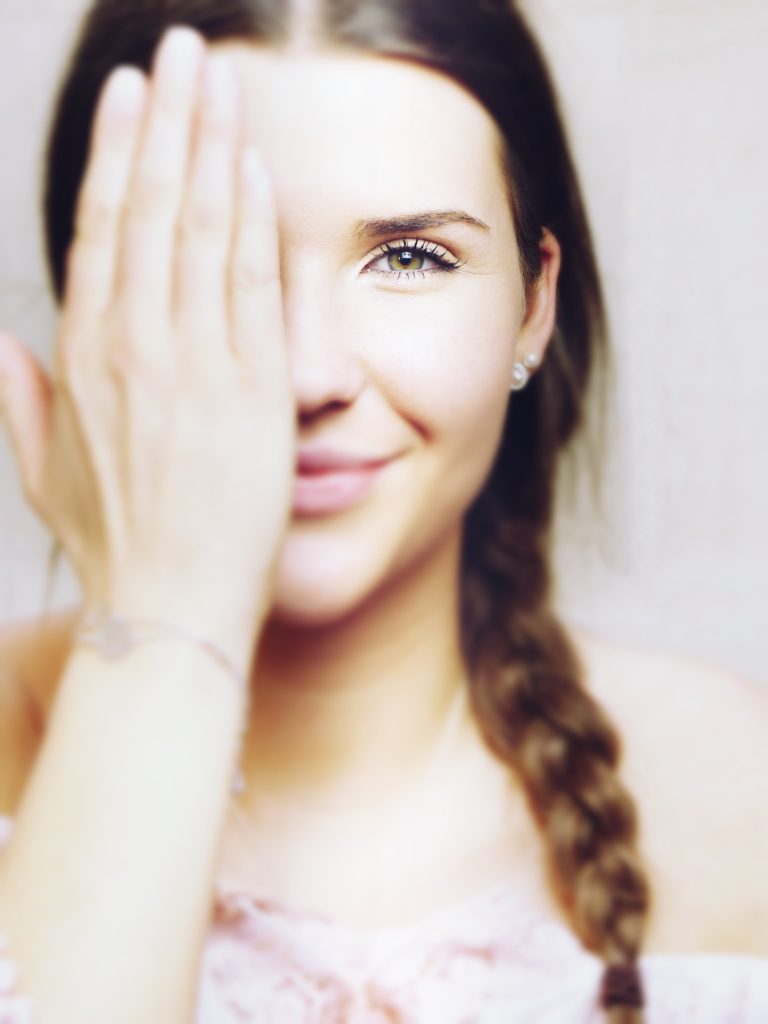
I know a lot of people insist primer MUST be used on everyone. I mean every tutorial you see includes the use of a whole cosmetics store. However, that’s just not so. Whether or not you use primer has more to do with your skin than it does on what a tutorial or sales persons says.
You don’t have to use it. The choice is yours. So how can you determine if you need primer or not? There’s a few simple things to remember – Click HERE to watch a video demo – such as:
Is your skin very oily?
Yes? Then you probably won’t need that much primer if at all.
No? Well, that requires another question:
Are your pores tight and small?
Yes? You probably don’t need primer.
No, your pores aren’t small? They’re big? Ok, then you should consider a primer.
Is your skin dry with raised rough patches?
Yes? Use primer.
Do you have scars, blemishes, lots of fine lines or wrinkles?
Yes to all of the above means you might want to consider primer.
Are you over 45? Then you might want to consider a light primer.
Now that you’ve determined you need some primer, let’s get into a little detail about what primer is and why it works so you can determine which brand/type is best for you.
Primer is a base that acts as a smoothing agent for your liquid/powder foundations. It can help reduce the size of pours and help the makeup not settle into lines and creases.
A primer should be applied after your moisturizer and before the foundation. It’s essential to let it sink in for a few minutes to give it enough time to penetrate into your skin. Apply it with a sponge to areas with dry skin, enlarged pores or other blemishes. I find the T Zone is the area in most need of primer. A makeup primer should always be applied on clean skin. Less is always more with primer, because a little bit goes a very long way.
Benefits of using makeup primers:
- Create a perfect surface for your makeup
- Disguise skin flaws and imperfections
- Makeup primers fill in fine lines and wrinkles
- Make enlarged pores appear smaller and less visible
- Keep cosmetics out of the pores’ don’t clog the pores
- The makeup glides on smoothly and blends easily
I have two levels of priming that I use. Light base primer whenever I’m doing full face foundation on anyone. My preferred primer for this level is MAC Cosmetics’ MAC Fix+ Prep & Prime. For more extensive priming ELF Cosmetics Poreless Primer and Touch in Sol No POREblem Prime Essence. Also for my mature clients I like to use QMS Medicosmetics Lip Line Corrector.
Now whatever Primer you choose to use, you want to make sure you are getting one that has enough silicone to make the skin smooth, but not too much as a high level of silicone will cause the primer to bead up when you go to apply the foundation with a brush or sponge and you will find yourself having to squish the little beads of silicone and pressing them into your skin! Talk about annoying!
Well, that’s my 2 cents on Primer!
Until next time!
Method Makeup Academy, Sacramento’s Makeup School
